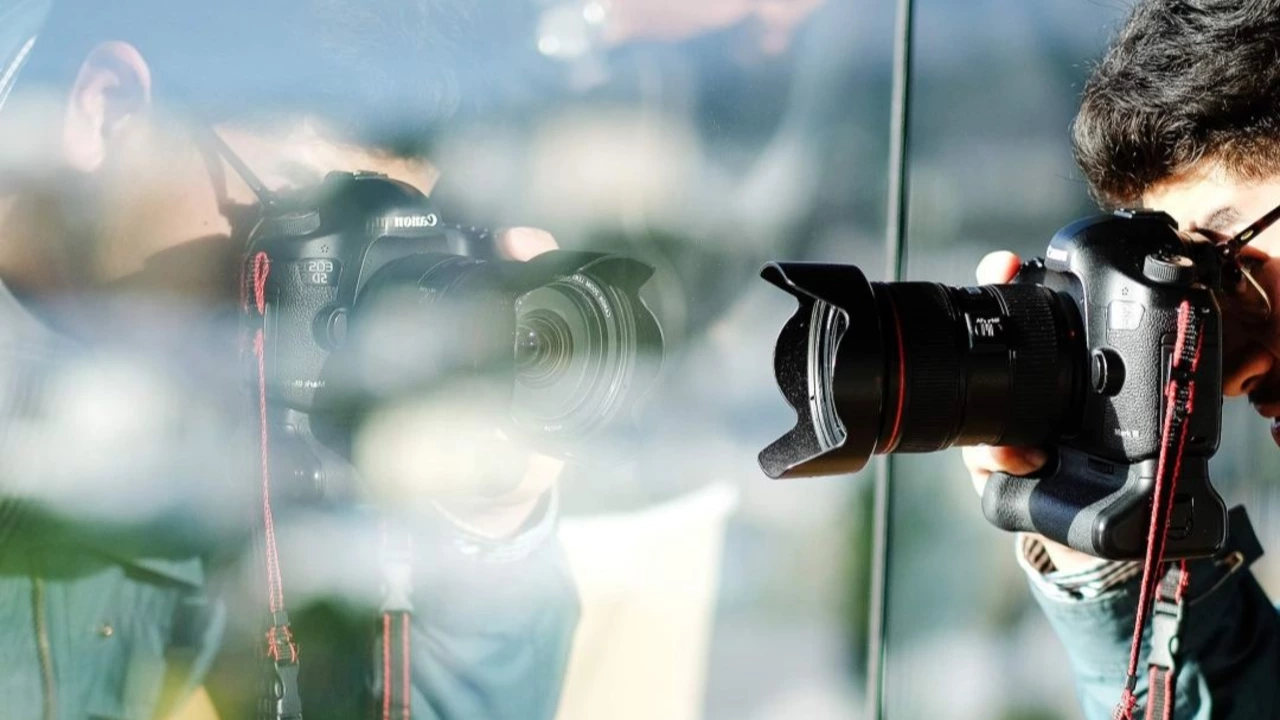21 Jul 2023
- 0 Comments
The Evolution of Photography
In the early days of photography, the only available medium was film. This method involved a complex and time-consuming process of developing images in a dark room. You had to wait for hours, even days, to see your captured moments. But as technology evolved, so did the art of capturing moments. In the late 20th century, digital photography began its rise, and it was not long before it overtook film.
Digital Photography: A Brief History
Before the advent of digital cameras, we relied on film-based cameras, which were often bulky and required a lot of technical skills to operate. The first digital camera was invented by an engineer at Eastman Kodak, Steven Sasson, in 1975. However, it took several years before the technology was refined and digital cameras became commercially available. The first consumer-friendly digital camera, the Logitech Fotoman, was released in 1990.
The Shift from Film to Digital
The transition from film to digital was not an overnight phenomenon. It occurred gradually over the years. In the late 1990s and early 2000s, digital cameras began to gain popularity due to their convenience and affordability. They allowed users to instantly view their photos, delete unwanted images, and share pictures online – all things that were impossible with traditional film cameras.
The Turning Point
Although digital cameras had been available for several years, it was not until the mid-2000s that they began to outperform film cameras in terms of sales. A report by the Photo Marketing Association showed that in 2003, digital camera sales surpassed film camera sales for the first time in the United States.
The Advantages of Digital Photography
Digital photography offers numerous advantages over film. With digital cameras, you can take countless photos without worrying about running out of film. You can also instantly review your photos, making it easier to perfect your shots. Moreover, digital photos can be easily shared and edited using various software programs.
The Decline of Film Photography
As digital photography gained popularity, the demand for film cameras and film rolls significantly dropped. Many film manufacturers, including the industry giant Kodak, faced severe financial difficulties. By the late 2000s, most manufacturers had stopped producing film cameras altogether.
Does Film Still Have a Place?
Despite the widespread adoption of digital photography, film is not entirely obsolete. Many professional photographers still prefer using film for its unique aesthetic qualities. Film photography is also enjoying a resurgence among hobbyists and vintage enthusiasts who appreciate the craft and physicality of developing their own photos.
The Impact of Smartphones
The rise of smartphones has further accelerated the shift towards digital photography. Today, almost everyone carries a high-quality digital camera in their pocket. This has made photography more accessible than ever before, allowing more people to capture and share their everyday moments.
The Future of Photography
While it’s hard to predict the future, one thing is clear - digital photography is here to stay. The relentless advancement of technology promises even more exciting developments in the world of photography. We can expect to see improvements in image quality, editing capabilities, and sharing options in the coming years.
Conclusion: The Digital Era
So, when did digital photography overtake film? The shift happened in the early 2000s, but it was a gradual process that took several years. The convenience, flexibility, and cost-effectiveness of digital photography made it the preferred choice for most people. However, film photography will always hold a special place in the hearts of many, offering a tactile experience that digital cannot replicate.
